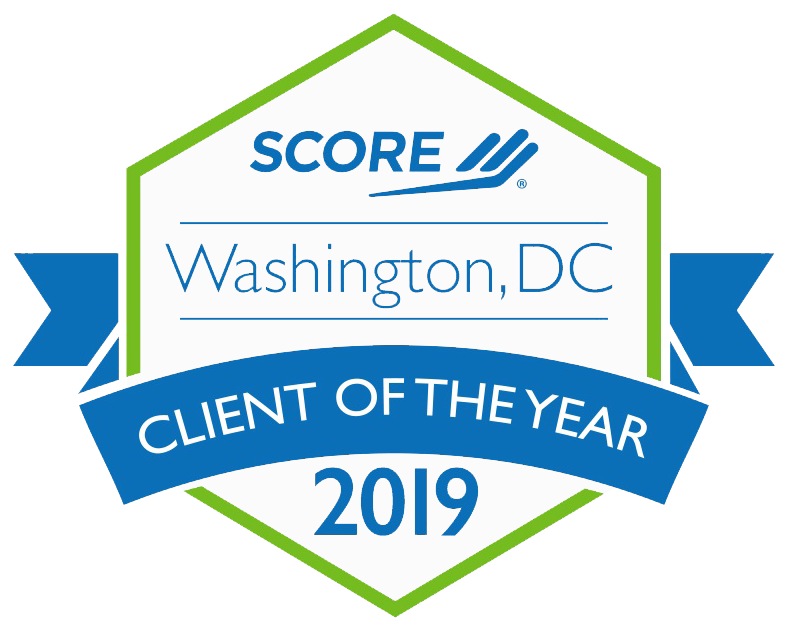Navigating the World of Federal Grants: Understanding the Single Audit
In the world of government funding, federal grants play a crucial role in supporting various programs and initiatives. These grants are distributed to state and local governments, nonprofit organizations, and other entities to address critical needs and drive positive change. However, with the allocation of federal funds comes the responsibility of accountability and transparency. This is where the Federal Grants Single Audit, often referred to simply as the Single Audit, comes into play.
Ensure you review the intricacies of the Federal Grants Single Audit, exploring its purpose, key components, and the significance it holds for grant recipients and the federal government alike help to understand the Single Audit
The Single Audit, mandated by the Federal Funding Accountability and Transparency Act (FFATA) of 2006 and codified in the Uniform Guidance, is a comprehensive audit conducted by an independent auditor on entities that expend federal grant funds. Its primary purpose is to ensure that federal grant funds are used efficiently, effectively, and in accordance with applicable laws and regulations. Single audits are only required if a non-federal entity expends $750,000 or more of federal funds in a single year.
Key Components of a Single Audit
- Risk Assessment: Before conducting a Single Audit, the auditor assesses the recipient’s risk of non-compliance with federal grant requirements. Higher-risk entities are subject to more extensive auditing procedures.
- Planning and Preliminary Steps: The auditor plans the audit, identifies federal programs to be audited, and assesses the internal controls of the grant recipient.
- Testing Internal Controls: Auditors evaluate the internal controls of the grant recipient to determine whether they are effective in ensuring compliance with federal grant requirements.
- Testing Compliance: This phase involves substantive testing, where the auditor examines the recipient’s transactions, records, and documentation to assess compliance with federal laws and regulations governing the grants.
- Reporting: After completing the audit, the auditor issues a report that includes findings related to compliance and internal controls. These findings can range from minor deficiencies to material weaknesses.
Significance of the Single Audit
- Accountability and Transparency: The Single Audit enhances accountability by ensuring that federal funds are used for their intended purposes. It also promotes transparency by making audit reports accessible to the public.
- Preventing Fraud and Misuse: Through rigorous auditing procedures, the Single Audit helps identify and prevent fraud, waste, and misuse of federal grant funds.
- Improving Internal Controls: Entities subject to the Single Audit can use the findings and recommendations to improve their internal controls and compliance processes.
- Federal Oversight: Federal agencies rely on the results of the Single Audit to monitor the performance of grant recipients and make informed decisions about future funding allocations.
Challenges and Best Practices
- Complexity: The Single Audit process can be complex and time-consuming. Grant recipients should maintain detailed records, documentation, and a strong internal control environment to facilitate the audit.
- Timeliness: Timely submission of the Single Audit report is crucial to avoid potential funding disruptions. Grant recipients should work closely with auditors to meet reporting deadlines.
- Capacity Building: Smaller entities may face resource constraints when it comes to complying with Single Audit requirements. Seeking assistance from grant management software, consultants, or professional organizations can be beneficial.
The Federal Grants Single Audit is an essential tool in ensuring the responsible use of federal grant funds. By promoting accountability, transparency, and compliance, it helps safeguard the integrity of government programs and strengthens the relationship between grant recipients and federal agencies. As grant recipients navigate the world of federal grants, understanding and embracing the Single Audit process is key to their success in achieving their mission and serving their communities effectively.





